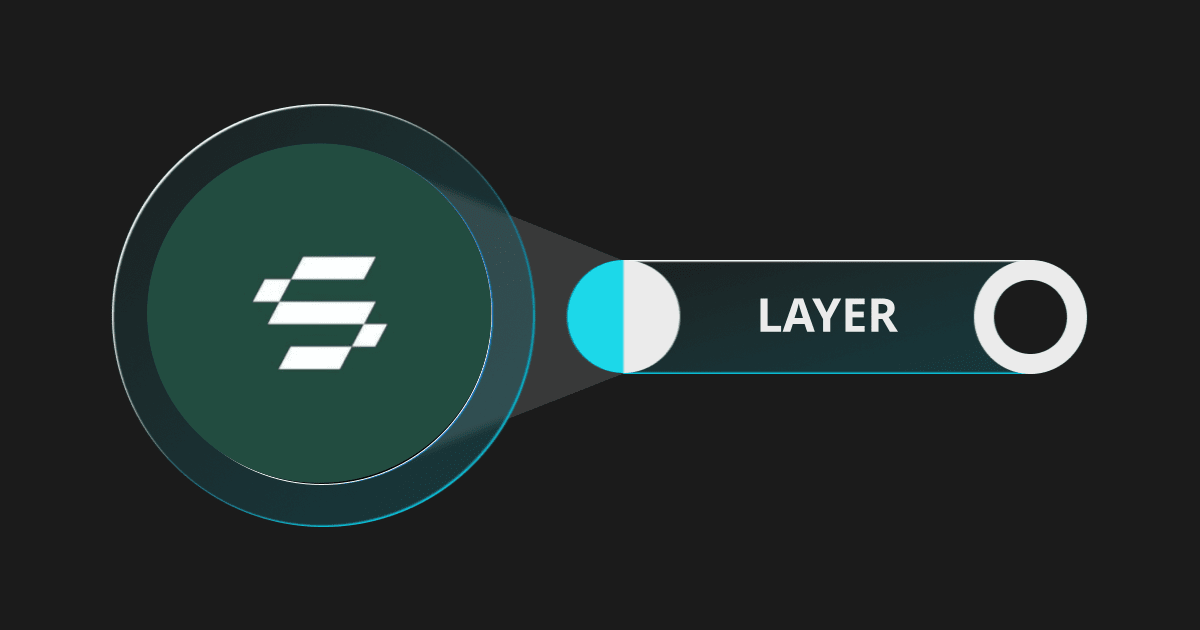
Solayer @Solayer is not just a re-staking protocol, but more like an 'upgrade patch' for the entire infrastructure of Solana, simultaneously focusing on performance, capital efficiency, and application layers.
First, let's look at performance. Solayer @Solayer has created a framework called InfiniSVM, integrating hardware solutions like RDMA and InfiniBand, with a clear goal: millions of TPS and near-zero latency. This is not just about competing on numbers, but really paving the way for high-frequency applications—GameFi, real-time trading, social interactions, and other scenarios that require instant feedback may operate more smoothly on Solana in the future.
Regarding re-staking, #BuiltonSolayer has a pretty clear idea. Users can not only stake SOL but also participate with various LST assets. These stakes are not locked away but are reused to support AVS (Active Validation Service), such as oracles and cross-chain bridges. Users can earn base returns + AVS rewards + ecological incentives, effectively splitting one stake into multiple returns and significantly improving capital efficiency.
The sSOL and sUSD it launched are also quite noteworthy. sSOL is a liquid staking certificate that allows you to use your assets elsewhere while staking, thus not wasting liquidity. sUSD is even more interesting; it is a yield-bearing stablecoin pegged to the US dollar, backed by US Treasury bonds, currently offering an annualized return of about 4.33%, akin to having a 'money market fund' on-chain, low-risk and stable returns, making it very attractive to conservative users.
The economic model design of the token $LAYER is also relatively balanced. Of the total supply of 1 billion, the community and ecological portion accounts for 51.23%, while the team, advisors, investors, and foundation account for 17.11%, 16.66%, and 15% respectively. It is not a model where the team has heavy control. The release mechanism also includes Cliff and linear unlocking, rather than a one-time release, which is more beneficial for long-term stability.
In terms of ecosystem, Solayer has already integrated with common wallets like Phantom and Ledger, and has collaborations with protocols like Orca and Kamin. It has even created a CreatorPad, directly incentivizing creators with on-chain tasks and leaderboard mechanisms, skipping the traditional platform's traffic distribution logic and allowing content revenues to return to the creators themselves.
For me, the most valuable aspect of Solayer is that it does not simply 'compete' with the same narrative within the existing ecosystem, but rather pushes the ceiling of Solana upwards through re-staking + high-performance underlying technology + modular components. It makes up for Solana's shortcomings in 'security reuse' and 'stable returns', allowing more types of applications to have the opportunity to grow.
If you are optimistic about the evolution of the Solana ecosystem, Solayer should be a project worth adding to your watchlist. It may quietly be becoming one of the core infrastructures for the next phase.


